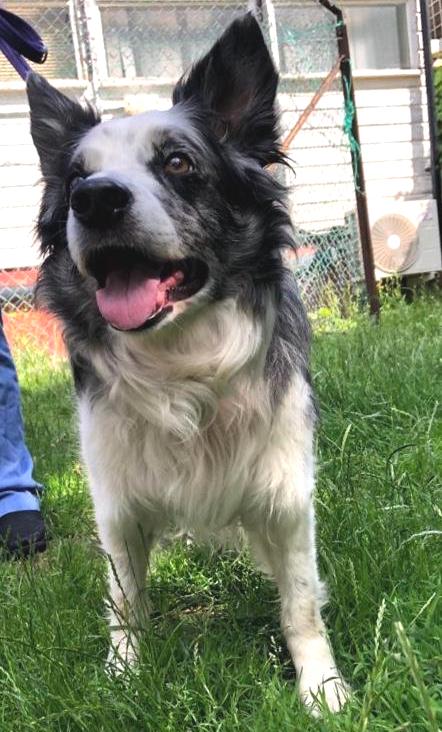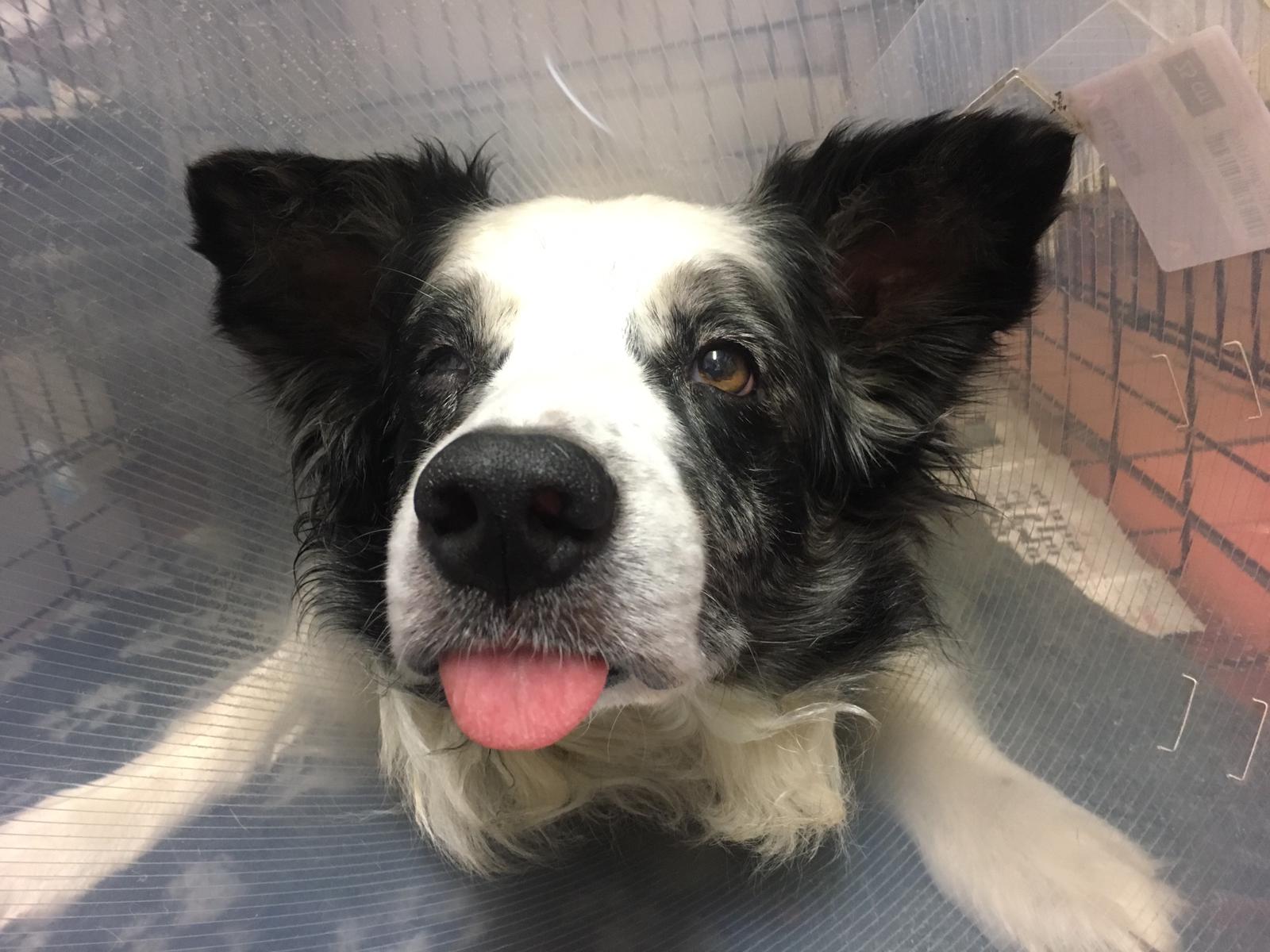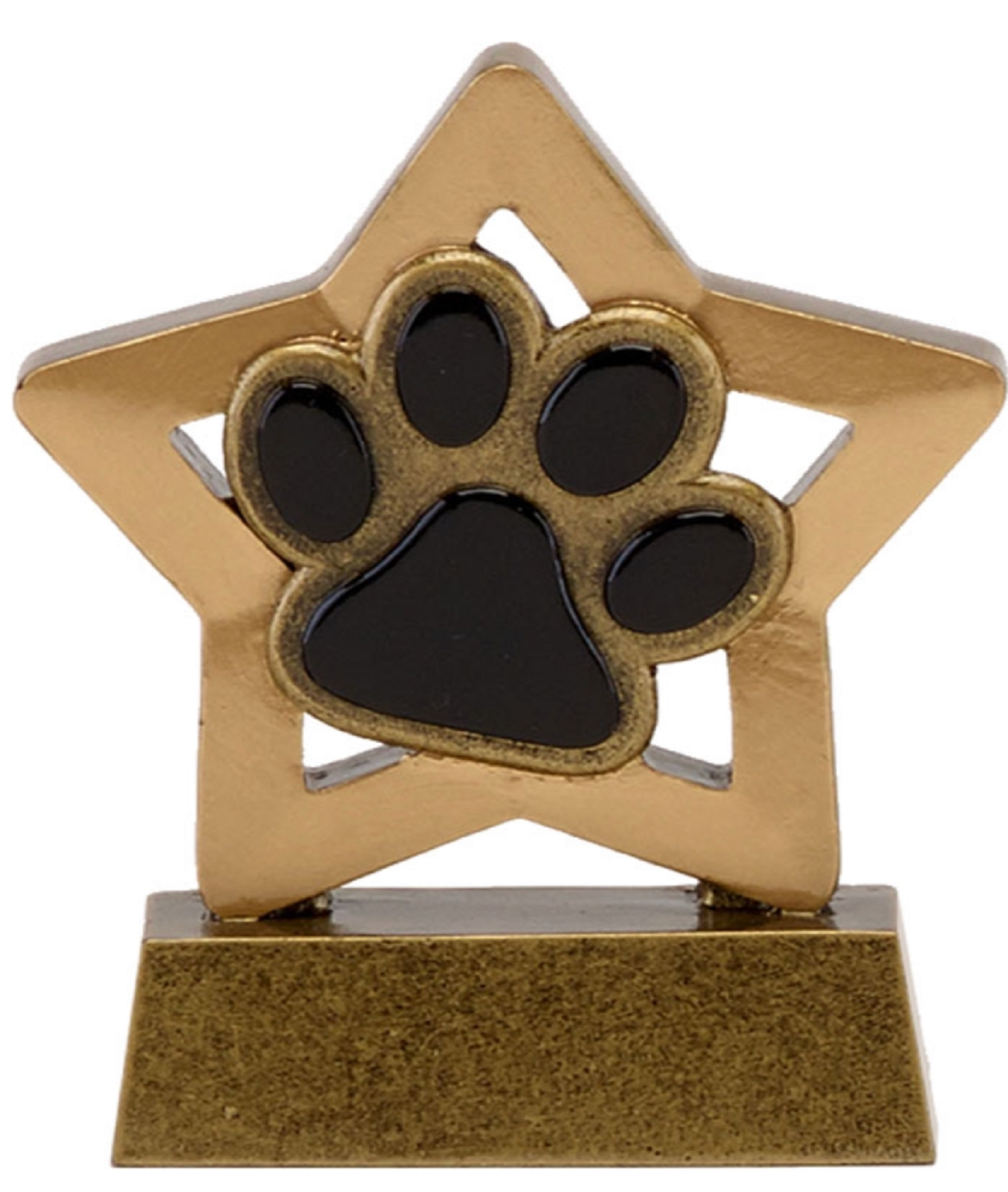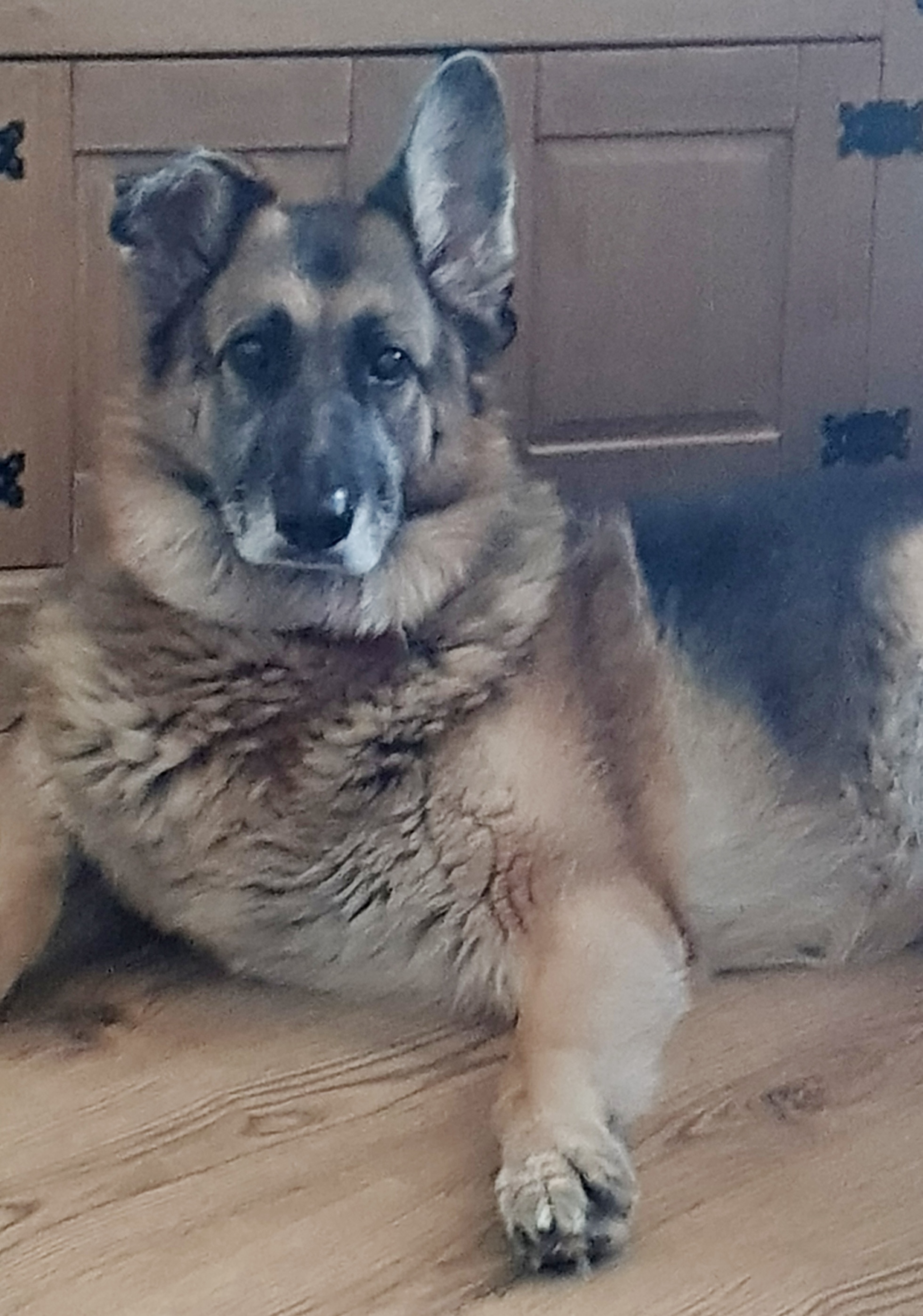While New Year's Eve celebrations are fun for us, our pets can easily be scared by the hullabaloo that comes with it. Here are some tips for a pet-safe New Year's eve;
- Exercise pets during the day- take dogs on a long walk. For cats, play with them for half an hour or more. If they are tired, pets are more likely settle down and rest later in the evening.
- With fireworks going off through the evening, it is best to keep cats indoors (provide a litter tray). When taking your dog out for a toilet break, do so in your garden and keep them on a lead so that you can stay close to them. Ensure that their collar is fitted correctly so that there is no chance of escape should they become frightened.
- Keep the curtains closed, lights on and turn up the radio or TV to help muffle out the sounds of the fireworks.
- A little calm reassurance from you, should they seek it, will go along way. Don't fuss though as this can make the behaviour worse.
- Try and ignore any fearful behaviour such as panting, pacing and whining. Continue to stay relaxed and carry on as if nothing has happened.
- Behave normally and praise your dog if they are relaxed with cuddles and a treat.
Party animal!
- When guests are arriving and leaving, keep your pet away from the front door to reduce the risk of them escaping or becoming overexcited and jumping up.
- Provide a safe, cosy 'pet- zone' for your pet to retreat to, with water, their bedding and a favourite toy. Shut the curtains and leave a light on. Play some soothing music at low level. Be sure to check on them frequently as the celebrations get into full swing, but remind guests to give them space and leave them in peace.
- If your pets do interact with party guests, make sure that everyone knows not to feed your pet food or alcohol and be mindful of where leaving your plate and glass. This may seem self-explanatory, but some people may not be aware of the dangers of such behaviour.
- Take care not to leave objects lying around that your pet could chew and swallow such as wine corks, cracker toys, corn on cob and kebab skewers.
- Party poppers and crackers can cause a fright - ensure that pets are in their safe area and away from the noise before they are pulled.
Cats will tend to hide if scared. Do not try to coax them out if they are hiding. Before your party guests arrive make sure that your cat has some safe hideaway areas where they won't be bothered. Ensure that they can access their litter tray and food should they wish.
We wish you all a safe
& happy New Year!
Disclaimer:
The contents of the Arden House Animal Hospital



























